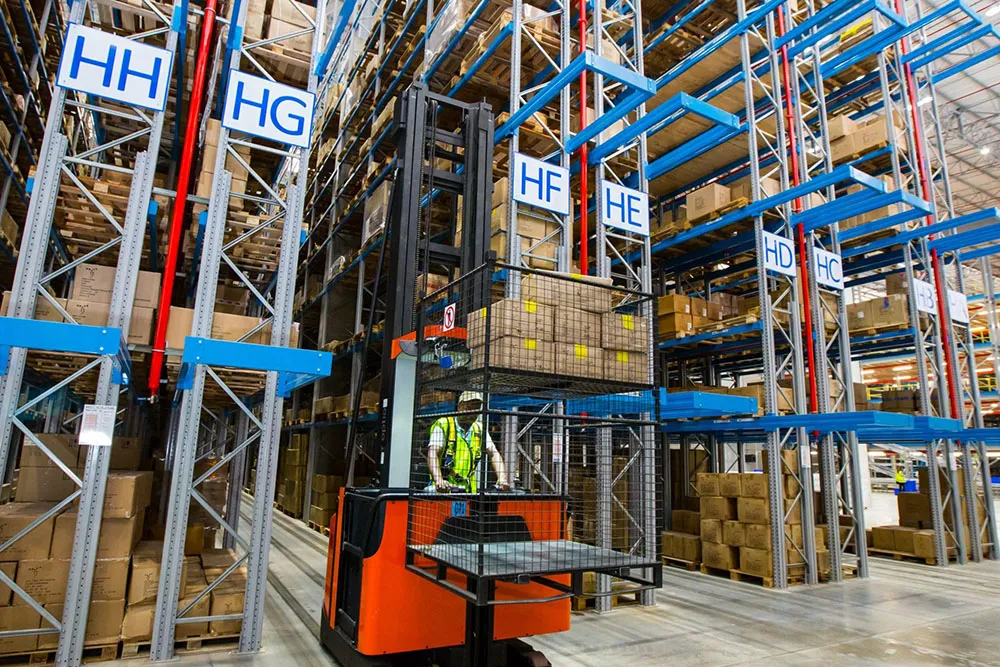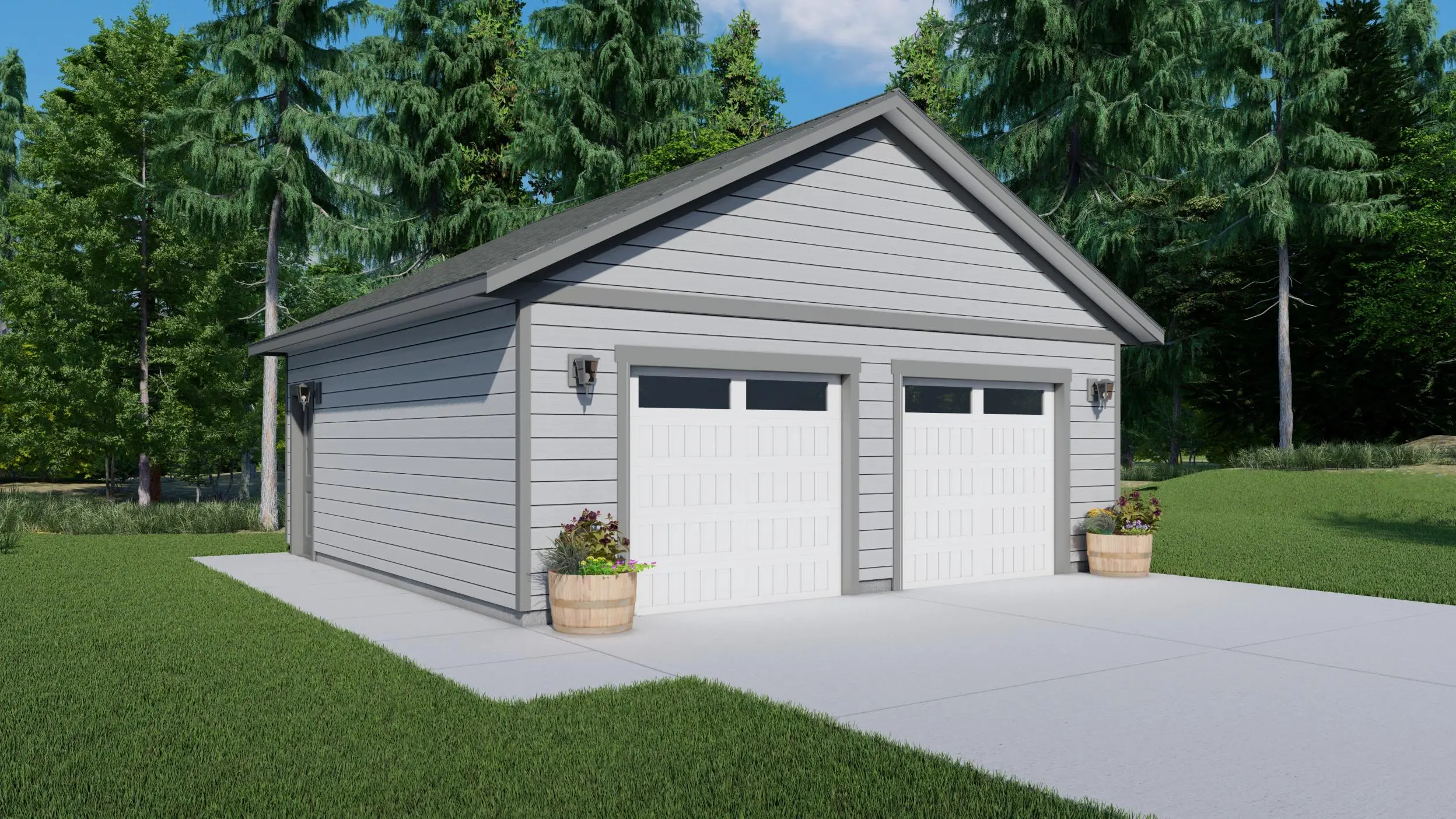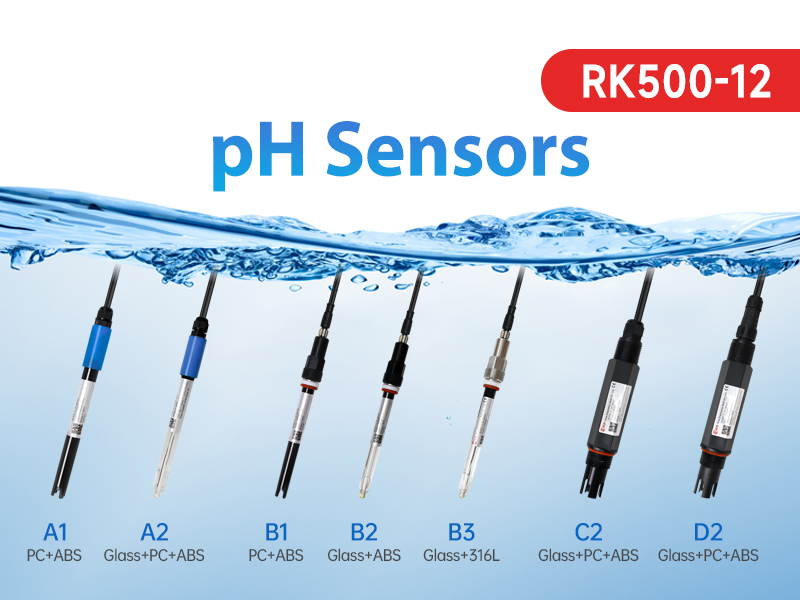In today’s competitive business environment, maximizing warehouse space is crucial for improving efficiency and reducing costs. vna very narrow aisle racking systems offer a space-saving solution that allows warehouses to store more inventory while maintaining accessibility. Let’s explore how VNA racking systems can help you make the most of your warehouse space.
Understanding VNA Racking Systems
VNA racking systems are designed to maximize storage capacity by utilizing the vertical space in your warehouse. These systems feature aisles that are narrower than those in traditional warehouses, allowing for more storage racks to be installed. VNA racking systems typically use specialized forklifts or order pickers that can operate in tight spaces, making them ideal for warehouses with limited space.
Benefits of VNA Racking Systems
- Maximized Storage Capacity: VNA racking systems allow warehouses to store more inventory in the same amount of space. By utilizing vertical space, warehouses can increase their storage capacity without expanding their footprint.
- Improved Accessibility: Despite the narrow aisles, VNA racking systems are designed to provide easy access to inventory. Specialized forklifts and order pickers can maneuver through the aisles quickly and efficiently, allowing for faster retrieval of inventory.
- Enhanced Efficiency: VNA racking systems can improve warehouse efficiency by reducing the time and labor required to retrieve inventory. With easier access to inventory, warehouse operations can be streamlined, leading to increased productivity.
- Cost Savings: By maximizing storage capacity and improving efficiency, VNA racking systems can help warehouses save on costs. With more inventory stored in the same space and faster retrieval times, warehouses can reduce the need for additional storage space and labor.
Implementing VNA Racking Systems in Your Warehouse
- Assessment: Begin by assessing your warehouse layout and storage needs. Determine if VNA racking systems are suitable for your warehouse and what modifications may be needed to implement them.
- Design: Work with a racking system provider to design a VNA racking system that meets your specific requirements. Consider factors such as aisle width, rack height, and forklift compatibility.
- Installation: Once your VNA racking system is designed, it can be installed in your warehouse. Installation may require modifications to your warehouse layout and the installation of specialized equipment.
- Training: Provide training to your warehouse staff on how to safely and efficiently operate in a VNA racking system. Ensure that they are familiar with the new equipment and safety procedures.
Conclusion
VNA racking systems offer a space-saving solution that can help warehouses maximize storage capacity and improve efficiency. By utilizing vertical space and implementing specialized equipment, warehouses can store more inventory and retrieve it more efficiently. Consider implementing a VNA racking system in your warehouse to maximize space and streamline operations.




